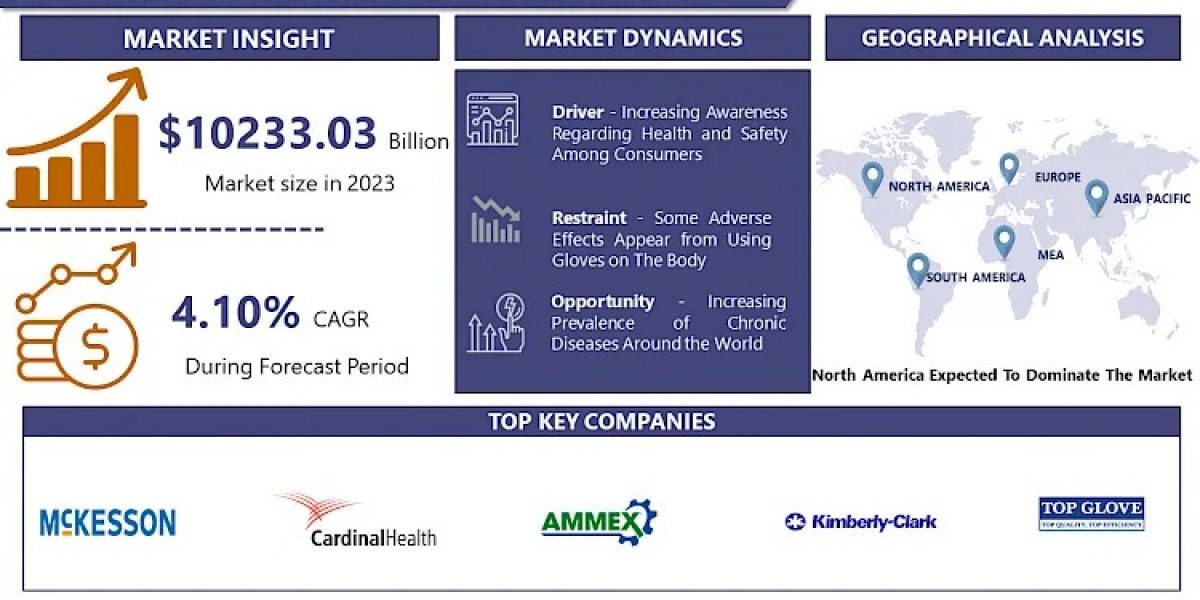When evaluating the financial benefits of a reverse mortgage, understanding the reverse mortgage interest rate is crucial. This rate significantly impacts how much you can borrow, the total cost of the loan, and the overall financial planning for your retirement. At Seniors First, we delve deep into the intricacies of reverse mortgage interest rates to help you make informed decisions about your financial future.
What is a Reverse Mortgage Interest Rate?
A reverse mortgage interest rate is the rate at which interest accrues on a reverse mortgage loan. Unlike traditional mortgages, where you make monthly payments to the lender, a reverse mortgage allows you to convert part of your home equity into loan proceeds, which are repaid when the borrower passes away, sells the home, or moves out. Understanding how interest rates affect your reverse mortgage is essential to grasping the total cost and benefits of this financial product.
Types of Reverse Mortgage Interest Rates
Reverse mortgage interest rates can be categorized into two main types:
Fixed-Rate Reverse Mortgages
A fixed-rate reverse mortgage comes with an interest rate that remains constant throughout the life of the loan. This predictability is advantageous for borrowers who prefer stability and want to know exactly how much interest will accumulate over time. Fixed-rate reverse mortgages often offer higher initial interest rates compared to adjustable-rate options, but they provide the security of knowing that your rate won’t change.
Adjustable-Rate Reverse Mortgages
In contrast, adjustable-rate reverse mortgages have interest rates that can fluctuate over time based on market conditions. These rates are typically lower initially but can change periodically, depending on the performance of a specific index plus a margin set by the lender. While adjustable-rate reverse mortgages offer the potential for lower initial rates, they also carry the risk of increasing rates in the future, which can affect the total cost of the loan.
Factors Influencing Reverse Mortgage Interest Rates
Several factors influence the interest rates on reverse mortgages:
Market Conditions
The broader economic environment plays a significant role in determining interest rates. Market conditions such as inflation rates, economic growth, and the overall financial climate can impact the rates offered by lenders. During periods of economic uncertainty or high inflation, interest rates may rise, affecting the cost of your reverse mortgage.
Lender Policies
Different lenders may offer varying interest rates based on their own policies and financial strategies. It’s important to shop around and compare rates from multiple lenders to find the most competitive offer. Lender fees and costs can also vary, influencing the overall expense of your reverse mortgage.
Loan Type and Terms
The type of reverse mortgage and its specific terms can affect the interest rate. For instance, fixed-rate reverse mortgages typically have higher rates than adjustable-rate mortgages. Additionally, the length of the loan and the amount borrowed can impact the interest rate and overall cost.
How Interest Rates Affect Your Reverse Mortgage
Understanding how interest rates impact your reverse mortgage is essential for financial planning:
Loan Proceeds
The interest rate influences how much you can borrow. Lower interest rates generally allow for higher loan proceeds, whereas higher rates may reduce the amount you can access. It’s important to consider how the interest rate will affect the total amount of money you receive from your reverse mortgage.
Loan Balance
As interest accrues over time, it adds to the loan balance. With a fixed-rate reverse mortgage, the balance will increase steadily according to the constant interest rate. With an adjustable-rate mortgage, the balance may fluctuate based on changes in the interest rate, which can affect your financial planning.
Total Cost
The total cost of a reverse mortgage includes the interest accumulated over the life of the loan. Higher interest rates result in a larger total cost, while lower rates reduce the overall expense. It’s crucial to factor in these costs when evaluating the financial benefits of a reverse mortgage.
Comparing Reverse Mortgage Interest Rates
When comparing reverse mortgage interest rates, consider the following:
Shop Around
Different lenders offer varying interest rates and terms. By comparing offers from multiple lenders, you can find the best rate for your financial situation. Be sure to review not only the interest rate but also any associated fees and costs.
Understand the Terms
Ensure you fully understand the terms of the reverse mortgage, including how interest rates are applied and any potential adjustments. This will help you assess the long-term implications of the loan.
Seek Professional Advice
Consulting with a financial advisor or reverse mortgage specialist can provide valuable insights and help you navigate the complexities of reverse mortgage interest rates. They can offer personalized advice based on your financial goals and circumstances.
Conclusion
Navigating the landscape of reverse mortgage interest rates can be complex, but with the right information and guidance, you can make informed decisions that align with your financial goals. At Seniors First, we are committed to providing comprehensive insights and support to help you understand how interest rates impact your reverse mortgage and ensure that you choose the option that best meets your needs.







